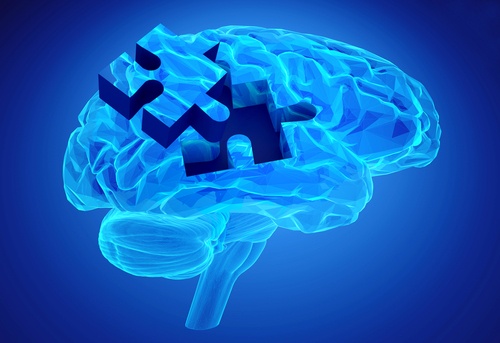According to the Alzheimer’s Association, over 5 million people in the United States have Alzheimer’s disease. Additionally, about 1 in 3 people die from Alzheimer’s or a different type of dementia. Understanding different types of dementia and the effects of it can help you prevent the early onset of it.
Understanding Different Types of Dementia
Alzheimer’s Disease
Alzheimer’s is the most common and well-known type of dementia. Consequently, it is the 6th leading cause of death in the U.S., and 1 in 9 people over the age of 65 will develop the disease.
Alzheimer’s disease starts with a protein buildup in the brain referred to as plaque–similar to plaque buildup in arteries that cause high blood pressure or heart attacks. Further, the blockage created by the proteins inhibits signals sent by the chemicals in the brain.
Unfortunately, Alzheimer’s is a progressive disease that only worsens over time. There are treatments to help the chemicals transmit more efficiently, but there is no definitive cure for it.
Women over the age of 65 are twice as likely to develop Alzheimer’s disease. Doctor’s aren’t exactly sure why that is, but a guess is that women tend to live longer.
Vascular Dementia

The second most common type of dementia is vascular dementia. This type of dementia can be brought on by small, silent strokes that are a result of a small clot in the bloodstream.
Most commonly, researchers link vascular dementia and atherosclerosis, or diseased arteries from plaque buildup. In addition, when blood flow is impaired, the brain may not receive enough, brain cells will become damaged and die.
Similar to Alzheimer’s, this is a progressive disease that grows more severe with time. However, the early onset of vascular dementia isn’t characterized by memory loss, but cognitive skills like following directions or organizational skills.
Although age is the biggest risk factor for vascular dementia, cardiovascular health and lifestyle habits also largely contribute as risk factors. Likewise, you can control both of these with diet, exercise, and not smoking or drinking (excessively).
Dementia with Lewy Bodies
Lewy bodies, named after the German scientist who found them, are protein deposits that develop in the brain’s nerve cells. Despite being discovered, scientists still haven’t entirely figured out how they appear or what causes them to form.
Scientists do know the connection between Lewy bodies, Alzheimer’s, and Parkinson’s disease. If the Lewy bodies are at the base of the brain, the person will have motor skill impairment resulting in Parkinson’s disease. Also, if the Lewy bodies exist on the outer layers of the brain, the person will have mental impairments and cognitive problems, such as dementia.
Scientists believe that this type of dementia affects 10-15% of dementia patients. However, sometimes it’s not recognizable until after the person has died.
Age and genetics are the biggest risk factors for dementia with Lewy Bodies. Also, other risk factors associated with this type of dementia are not well-known.
Common Symptoms
Understanding different types of dementia means being able to recognize that the symptoms in each case are relatively the same. Memory loss, cognitive skills, irritability, and concentration are all symptoms of dementia, though differing more or less per case.
Lastly, if you experience these symptoms, tell your doctor so that you can get treatment before it worsens and they can diagnose the problem.
Resources
https://www.alzheimers.org.uk/site/scripts/documents_info.php?documentID=100
https://www.alzheimers.org.uk/site/scripts/documents_info.php?documentID=161
https://www.alzheimers.org.uk/site/scripts/documents_info.php?documentID=113


